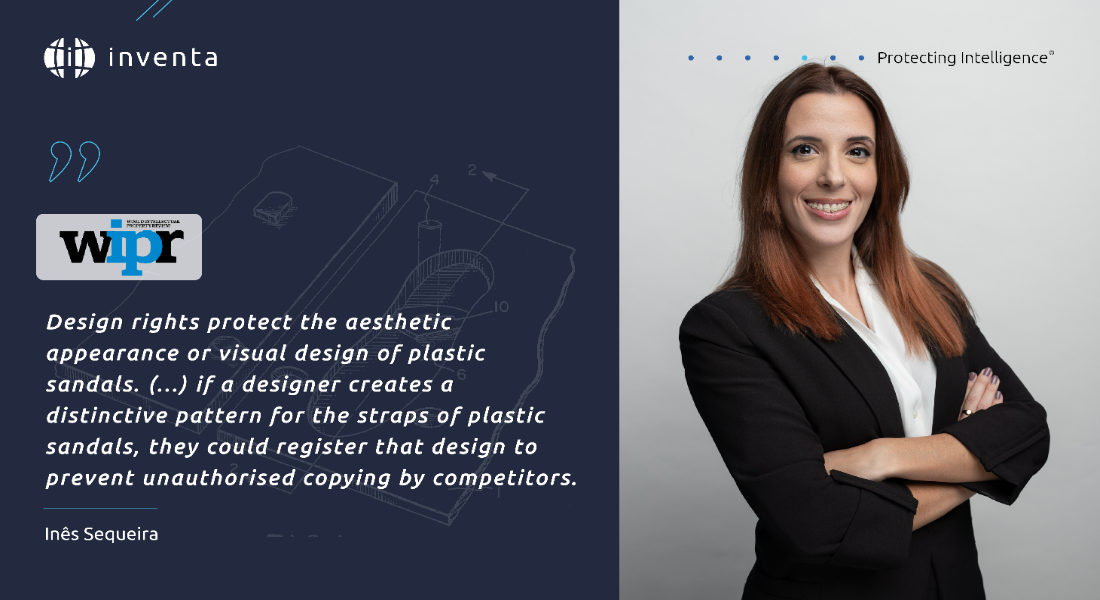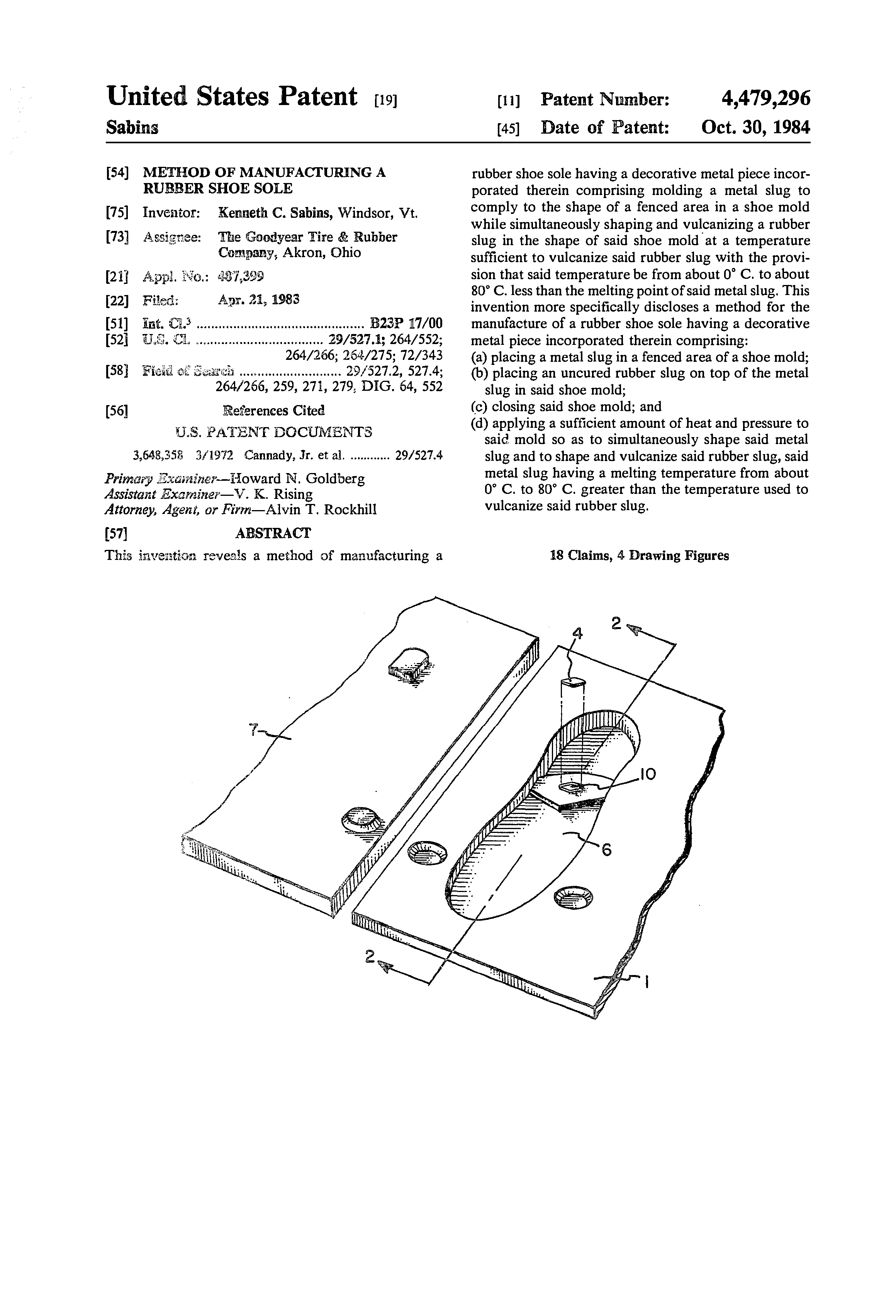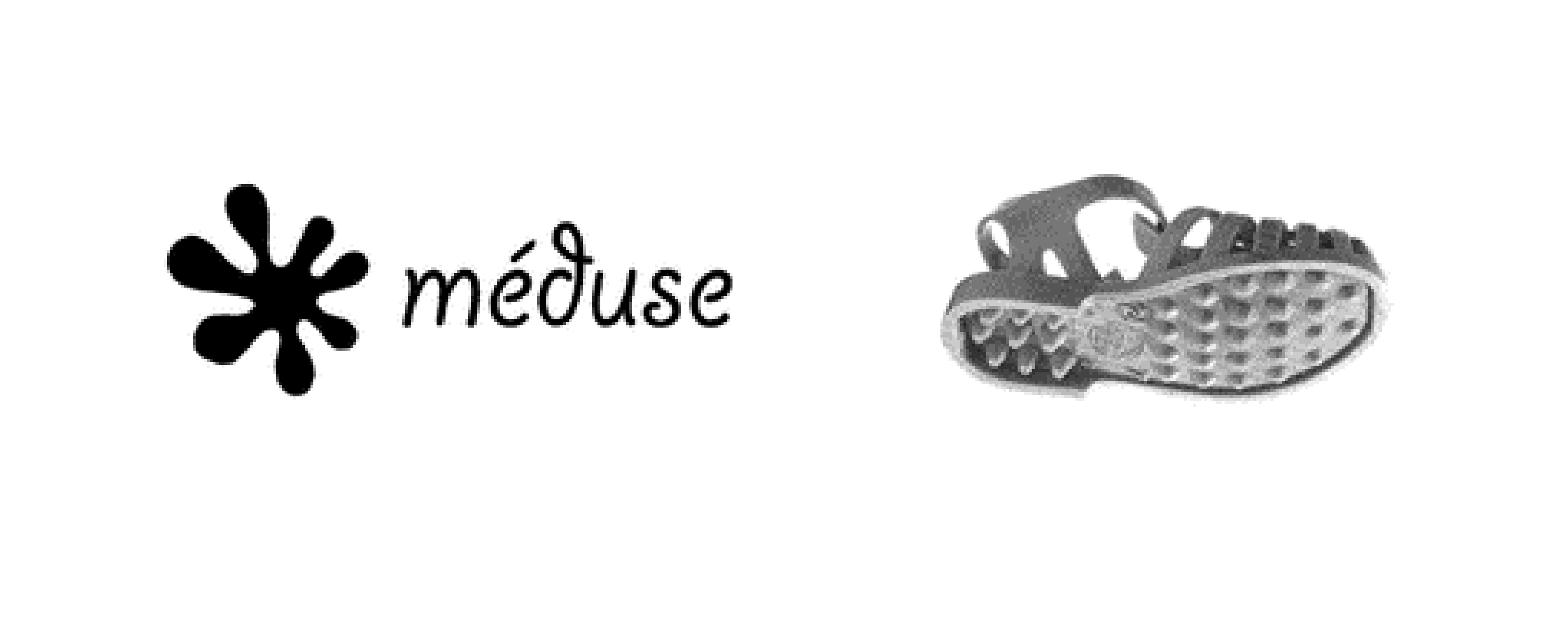
How PVC sandals became a global icon
The iconic plastic sandal, known as ‘medusa’, or by various other names such as ‘skeleton’, 'jelly', and ‘lêkê’ in different regions, with flexible structures and affordable prices, continues to delight customers globally, showcasing their enduring popularity after 75 years in the market.
Originating from a village named Les Sarraix in the Puy-de-Dôme region of Auvergne, France, the story dates to 1946. Jean Dauphant, a cutlery maker, faced a problem when he found himself with surplus PVC. To save his investment, he ingeniously repurposed the material to craft sandals, giving rise to the first plastic sandals, initially called ‘Sarraizienne’ and later ‘Plastic—Auvergne’. Additionally, the sandals gained popularity due to a shortage of leather after World War II, leading to their production with PVC material.

Source: Auvergne Region—General Inventory of Cultural Heritage, ADAGP
Anne-Céline Humeau, CEO of Humeau-Beaupréau, acquired the moulds for the sandals in the early 2000s, reviving production in Beaupréau-en-Mauges, France. The success of the sandals lies, especially in Asian and African markets, in its durability during monsoon seasons. Available in various colours and sizes, the Medusa sandals evoke nostalgia and fond memories for many, symbolising holidays, sunshine, and timeless fashion.
Despite encountering limited success initially, these sandals found their way to Africa, thanks to a French shopkeeper based in Dakar, who foresaw their potential. By the 1950s, they had become a staple in Senegal and its neighbouring countries.
A cultural expression in Ivory Coast
Despite their simplicity and affordability, lêkê have evolved into a hallmark of Ivorian cultural heritage. They are widely embraced by individuals of all age groups, from children to adults, and are particularly prevalent during the rainy season. While global alternatives such as flip-flops have gained traction elsewhere, lêkê have retained their prominence in Ivory Coast as an essential accessory. They are regarded as a symbol of humility and are worn across various social demographics.
In Ivory Coast, lêkê became intertwined with the zouglou music movement in the 1990s, and later became associated with political activism. Over time, they have maintained their cultural significance, worn proudly by musicians, activists, and ordinary citizens. Recently, they have experienced a resurgence in popularity, particularly among rap stars and celebrities, solidifying their status as a lasting cultural icon.
Lêkê have also become a symbol of street soccer culture in the country. They are favoured for their comfort and practicality, especially in informal games played on sandy pitches and in dusty alleys. While they may lack durability compared to professional soccer cleats, lêkê are seen as a source of pride among players, with worn-out soles considered badges of dedication to the sport. As Ivory Coast competes in the Africa Cup of Nations, the popularity of lêkê surges, reflecting the nation's passion for soccer and resilience in the face of challenges.
Moreover, a diverse array of styles is available, encompassing both basic iterations and upscale variants offered by well-known fashion labels such as Gucci and Prada.
Patents, trademarks, and designs played a crucial role in protecting IP related to this humble but successful item. Here’s how they apply:
- Patents: Patents can protect the unique features or functions of plastic sandals, such as innovative materials, manufacturing processes, or design elements. For example, if someone invents a new type of sole material that enhances comfort or durability, they could potentially patent it to prevent others from using the same technology without permission.

Source: US4479296 - Method of Manufacturing a Rubber Shoe Sole in the name of The Goodyear Tire & Rubber Company
- Trademarks: Trademarks are used to protect brand names, logos, or slogans associated with plastic sandals. This ensures that consumers can easily identify products from a particular brand and helps prevent competitors from using similar branding that could cause confusion in the marketplace.

Source: WIPO (Madrid) 1308909 and France INPI 3303802 in the name of Humeau Beaupreau
- Designs: Design rights protect the aesthetic appearance or visual design of plastic sandals. This can include elements such as shape, pattern, ornamentation, or surface decoration. Design rights prevent others from copying or imitating the unique visual characteristics of a product. For example, if a designer creates a distinctive pattern for the straps of plastic sandals, they could register that design to prevent unauthorised copying by competitors.

Source: Brazilian design in the name of Grendene
Overall, patents, trademarks, and designs are essential tools for protecting the innovation, branding, and visual appeal of a product in the marketplace. They help ensure that creators and manufacturers can benefit from their inventions and investments while maintaining a competitive edge in the industry.
This is a co-published article, which was originally published in the World Intellectual Property Review (WIPR).
Lista de Territórios
Não existem resultados para a sua pesquisa.
- África
- África do Sul
- Angola
- Argélia
- Benin
- Botsuana
- Burkina Faso
- Burundi
- Cabo Verde
- Camarões
- Chade
- Comores
- Costa do Marfim
- Djibuti
- Egito
- Eritreia
- Eswatini (Suazilândia)
- Etiópia
- Gabão
- Gâmbia
- Gana
- Guiné
- Guiné-Bissau
- Guiné-Equatorial
- Lesoto
- Libéria
- Libia
- Madagáscar
- Maiote
- Malaui
- Máli
- Marrocos
- Maurícias
- Mauritânia
- Moçambique
- Namíbia
- Níger
- Nigéria
- Quénia
- República Centro-Africana
- República Democrática do Congo
- República do Congo
- Reunião
- Ruanda
- Saara Ocidental
- São Tomé e Principe
- Seicheles
- Senegal
- Serra Leoa
- Somália
- Sudão
- Sudão do Sul
- Tanzânia
- Togo
- Tunísia
- Uganda
- Zâmbia
- Zanzibar
- Zimbábue
- África (OAPI)
- África (ARIPO)
- Mais Territórios
- Macau
- Maldivas
- Portugal
- Timor Leste
- Marca da União Europeia (EUIPO)
- Marca Internacional (Sistema de Madrid)
- Patente Europeia (IEP)
- Tratado de Cooperação em matéria de Patentes (PCT)




